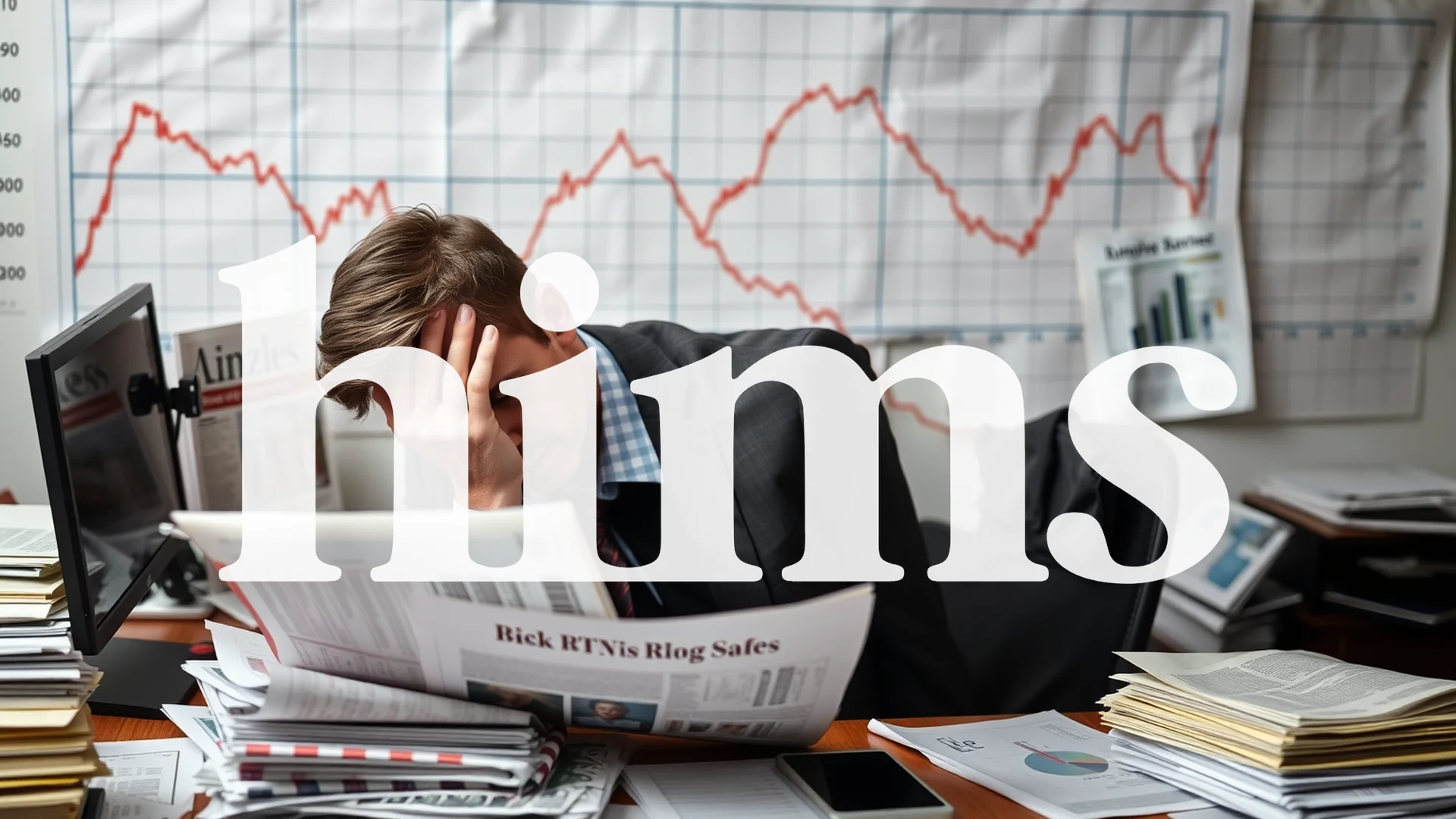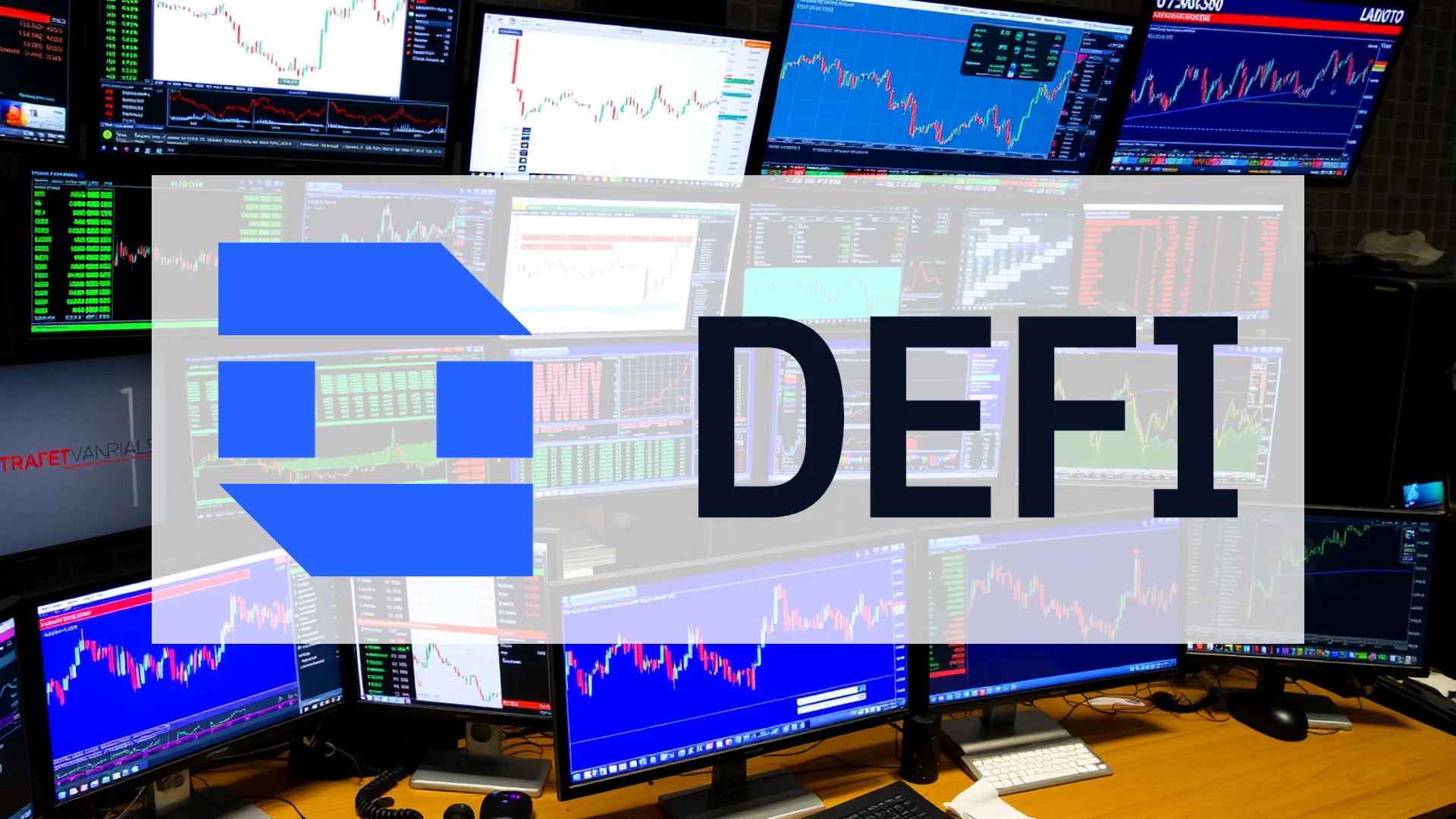Adobe, once the undisputed leader in creative software, now faces an existential challenge in the artificial intelligence era. Despite reporting fundamentally sound financial performance, the company’s shares have plunged to unprecedented lows. The underlying cause presents a straightforward yet formidable threat: AI technology is democratizing creative tools that were once Adobe’s exclusive domain, potentially undermining its premium market position.
Wall Street’s Divided Verdict
Financial analysts display deep divisions in their assessment of Adobe’s prospects. Goldman Sachs maintains bullish sentiment with a $570 price target, while Morgan Stanley cautions that “AI risks appear more substantial than previously anticipated.” The spectrum of investment recommendations spans from strong buy to strong sell, reflecting widespread uncertainty about the company’s trajectory.
This polarization occurs against a backdrop of apparently robust financials. Adobe recently posted record quarterly revenue of $6 billion with operating margins approaching 90 percent. The market’s punitive response suggests deeper concerns about long-term viability rather than current performance.
The Canva Disruption
The emergence of Canva as a competitive threat has fundamentally altered the landscape. By offering free AI-powered design tools, the platform directly challenges Adobe’s subscription-based revenue model. This shift represents a classic disruptive innovation scenario, where new technology makes sophisticated capabilities accessible to non-experts at minimal cost.
Research firm Melius Research captures this transformation with their stark observation that “AI is consuming software.” This paradigm reversal is particularly striking given that Adobe previously benefited enormously from digital transformation trends. Now, the very technology driving the next wave of innovation threatens to erode the company’s business foundation.
Should investors sell immediately? Or is it worth buying Adobe?
Glimmers of Hope Amid Challenges
Adobe isn’t standing still against these threats. The company has already generated over $5 billion in AI-influenced revenue, demonstrating some traction with its own AI initiatives. During the recent Adobe MAX conference, executives emphasized a strategic pivot toward a more open ecosystem, potentially broadening their appeal beyond professional creatives.
The critical question remains whether these measures will prove sufficient to counter the disruptive forces reshaping the software industry. As barriers to entry collapse and AI capabilities become commoditized, Adobe’s historical pricing power and market dominance face unprecedented pressure.
December Earnings: A Defining Moment
All eyes now turn to December 10, when Adobe releases its next quarterly results. Analysts project earnings of $4.39 per share, and the company has exceeded expectations for four consecutive quarters. However, this reporting cycle carries greater significance than mere financial metrics—it represents a crucial test of Adobe’s strategic positioning in the AI landscape.
Currently trading around $280, Adobe shares remain substantially below their 52-week high of over $520. Whether this represents a market overreaction or accurate pricing of fundamental risks will become clearer in the coming months. The outcome will likely have implications not just for Adobe, but for the entire enterprise software sector as it navigates the AI revolution.
Ad
Adobe Stock: Buy or Sell?! New Adobe Analysis from November 19 delivers the answer:
The latest Adobe figures speak for themselves: Urgent action needed for Adobe investors. Is it worth buying or should you sell? Find out what to do now in the current free analysis from November 19.
Adobe: Buy or sell? Read more here...










